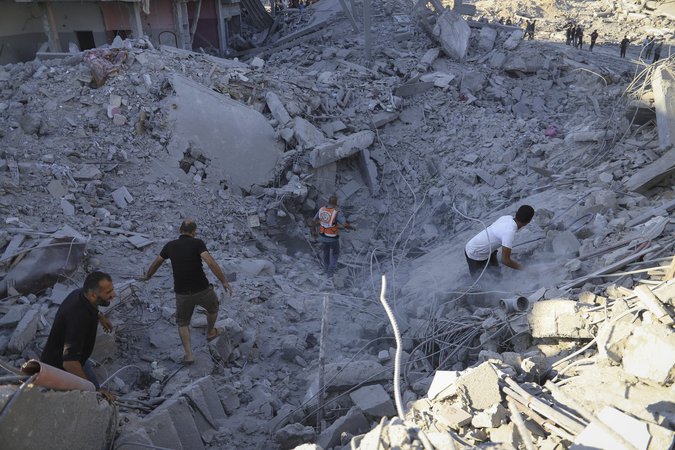
Palestinian death toll from Israel-Hamas war surges past 38,000, Gaza Health Ministry says
DEIR AL-BALAH, Gaza Strip (AP) — The Health Ministry in Hamas-run Gaza said Thursday that the Palestinian death toll from nearly nine months of war has surged past 38,000.
The ministry said that in the last 24 hours, the bodies of 58 people had been brought to hospitals, bringing the overall death toll to 38,011.
It said more than 87,000 people have been wounded in the fighting.
The ministry does not distinguish between fighters and noncombatants in its count, but many of the dead are said to be women and children.


